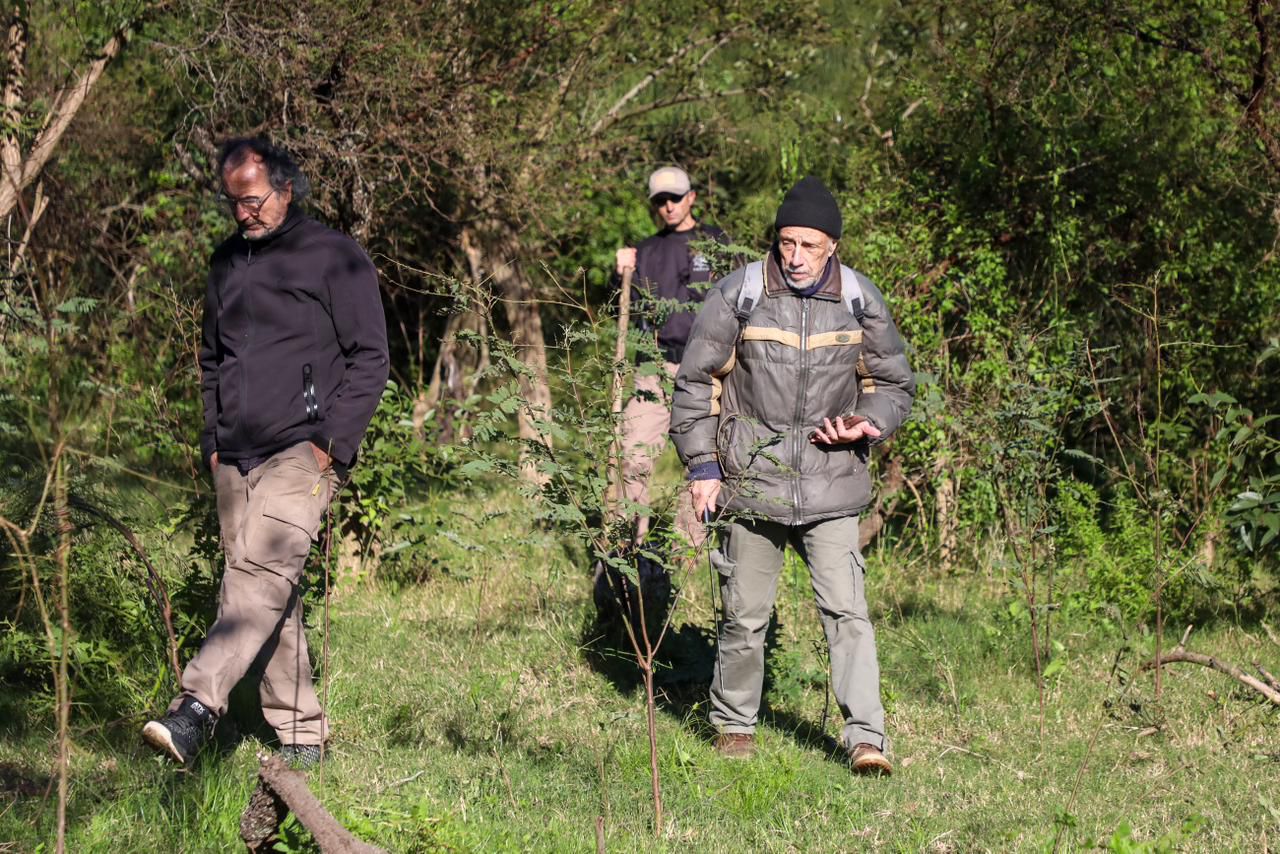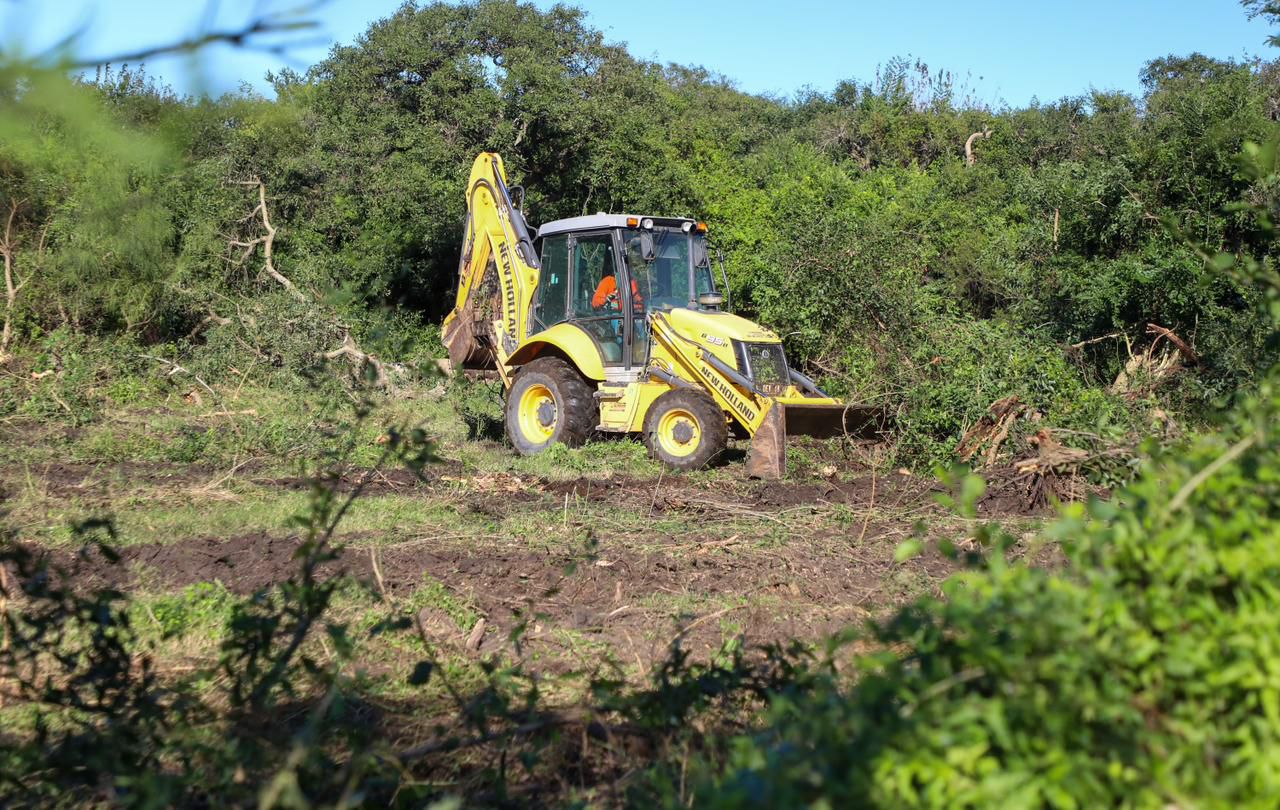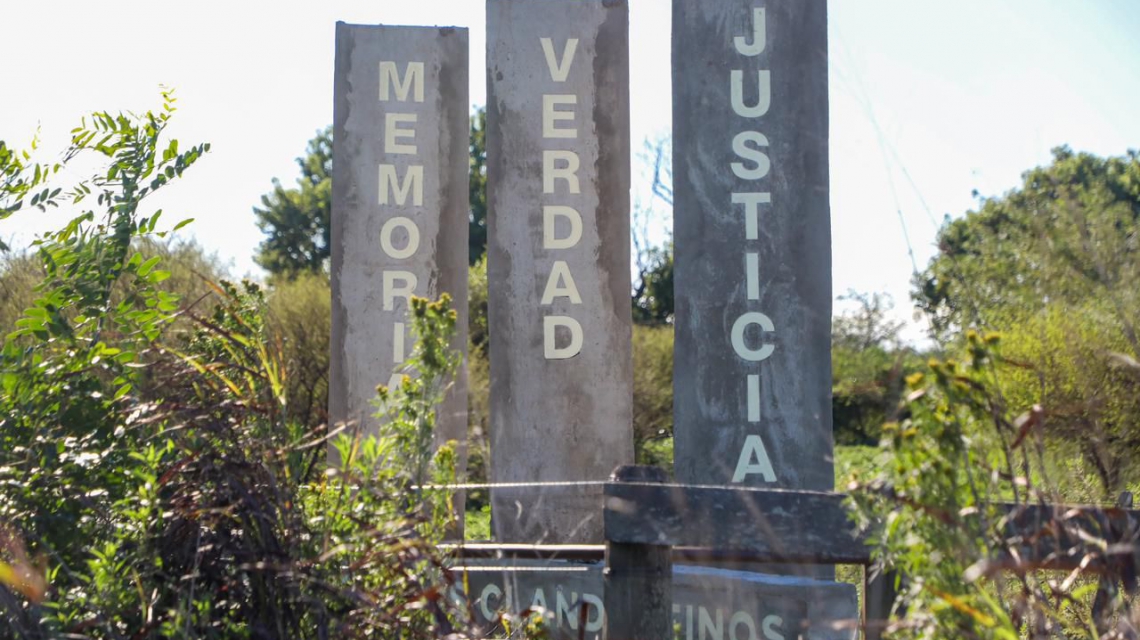The Provincial Secretary for Human Rights, Emilio Jatón, together with Juan Nobile, referent of the Argentinean Forensic Anthropology Team, and Hugo Kofman, of the Forum Against Impunity and Justice, gave details about the excavations that are being carried out in Campo San Pedro, a property of the Argentinean Army that was used as a "clandestine burial ground" during the last military dictatorship.
At the entrance to the site, located in the town of Campo Andino, 12 kilometers from the city of Laguna Paiva, Jatón said: "We are in a place that has already been determined as a place of extermination, where massacres have taken place, where bodies have been found, and where we have been working for a long time, for more than 15 years.
The official then said: "Today we will restart the excavations with the Forensic Anthropology Team (EAAF) and the Forum, who have also been working on a daily basis.
In addition, Jatón noted: "This task carried out by the province has to do with the life of the people of Santa Fe, with the life of all of us, and with the fact that memory, truth and justice are always present". And he concluded: "This is an emblematic place where the land, where the space speaks, and we must continue to find answers in this place, in Campo San Pedro.
"Continuity of these actions".

Meanwhile, Nobile, EAAF referent, said: “The objective is to find clandestine graves, the work we have been doing since 2007" and recalled, "In 2010 we were able to find a grave with 8 individuals and six of them have already been identified and returned to their families. The idea is always to give continuity to the different administrations, here in the province it has been possible to give continuity, so we are grateful to the Secretary of Human Rights".
For his part, Hugo Kofman of the Forum Against Impunity and Justice said: "As a human rights organization, in addition to accompanying these works, we are part of the search for witnesses, who were farm workers and worked here for many years, who were the only ones who could talk about it and give their testimony, because there were no survivors in this place, because it was a place of extermination".
"This place was part of the repressive circuit, both in Santa Fe and in Rosario, the whole central-southern area of the province, as part of the systematic extermination plan of the military dictatorship," said Kofman, and then indicated, "We have testimonies that we believe to be certain, they say that there may be several dozens of bodies; witnesses who have spoken that the military brought prisoners to shoot them and bury them in the area”.
Findings

It is worth recalling that thanks to the investigative work of various governmental and non-governmental organizations, as well as the testimony of the camp's director, neighbors, and a former member of the Civilian Intelligence Service (PCI), it was possible to confirm and establish that the site was used as a clandestine burial ground. Based on this certainty, in 2010 the Argentine Forensic Anthropology Team found the remains of 8 people in a mass grave, 6 of whom were identified as disappeared persons: María Esther Ravelo, Gustavo Pon, María Isabel Salinas, Carlos Bosso, Oscar Winkelmann and Miguel D'Andrea.
